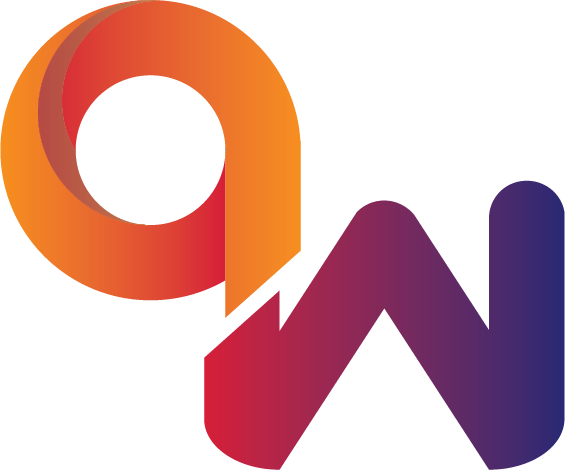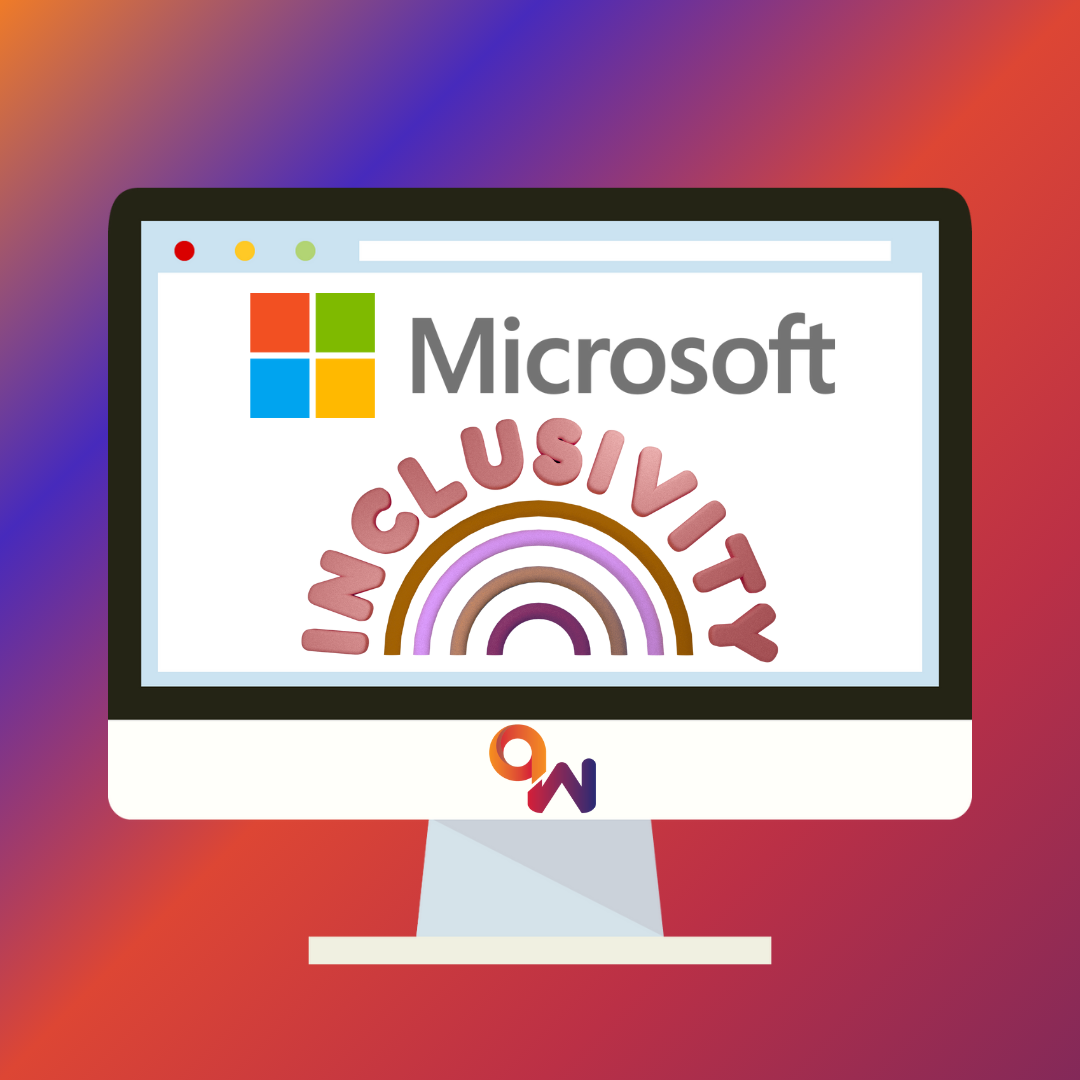In an increasingly digital world, access to technology is no longer a luxury, it’s a necessity. Yet for many individuals and communities, barriers like affordability, accessibility, and digital literacy still stand in the way. That’s where digital inclusion comes in, and Microsoft is playing a key role in making it happen.
From cloud-based collaboration to accessibility-first design, Microsoft tools are helping bridge the digital divide and empower people from all walks of life.
What Is Digital Inclusion?
Digital inclusion means ensuring everyone has access to the tools, skills, and opportunities needed to thrive in a connected world. It’s about more than just devices, it’s about equity, education, and empowerment.
For non profits, schools, and other community organisations, digital inclusion can unlock new ways to connect, support, and grow.
Microsoft Tools Making a Difference
1. Microsoft 365 for Nonprofits
Microsoft offers discounted and free licenses to registered charities, giving them access to Teams, Outlook, SharePoint, and more. This enables small organisations to operate professionally without the overhead costs.
This allows non profits to collaborate, manage volunteers, and run events with the same tools used by many enterprises across the world.
2. Microsoft Teams – Connecting Communities
Teams isn’t just for corporate meetings. It’s a lifeline for remote learning, community check-ins, and virtual support groups. With features like live captions and breakout rooms, it’s accessible and inclusive.
Use case: A community centre can host digital workshops or support sessions for isolated individuals.
3. Immersive Reader – Accessibility for All
Built into tools like Word, OneNote, and Edge, Immersive Reader helps users with dyslexia, visual impairments, or language barriers read and understand content more easily.
Why it matters: It empowers learners of all ages and abilities to engage with digital content independently.
4. Power Platform – Low-Code for Local Impact
Power Apps and Power Automate allow users to build custom solutions without needing a developer. From booking systems to feedback forms, communities can create tools tailored to their needs.
Example: A food bank could build a simple app to manage donations and distribution.
5. LinkedIn Learning & Microsoft Learn – Skills for the Future
Digital inclusion isn’t just about access, it can also be about skills. Microsoft’s learning platforms offer free and low-cost training in everything from Excel to AI, helping people upskill and find new opportunities.
Opportunity: A job seeker can learn Power BI or resume writing, all from their phone.
Mental Health & Inclusion
Digital inclusion also supports mental wellbeing. Tools like Viva Insights promote healthy work habits, while OneNote can be used for journaling and reflection. When people feel connected and capable, their confidence and wellbeing grow.
Final Thoughts
Digital inclusion is a journey, and Microsoft is helping pave the way. Whether you’re a charity leader, educator, or tech enthusiast, these tools offer real potential to uplift communities and create lasting change.


Comments are closed